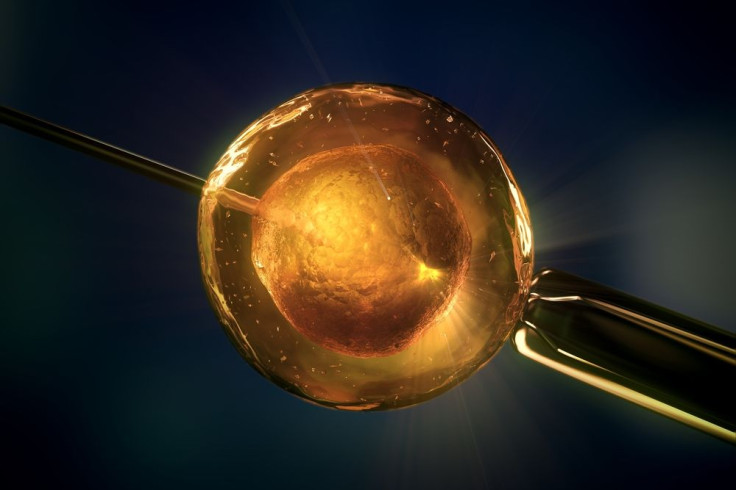Stem Cell Breakthrough Opens Door For Two-Dad Babies In As Little As 2 Years

An international team of scientists have shown that it is possible to create human sperm and eggs from stem cells derived from adult skin, regardless of the donor’s gender. While this breakthrough could help men and women who have been rendered infertile by disease, gay groups have also expressed hope that this project will eventually lead to the creation of children made from same-sex parents.
First And Most Important Step
The primordial germ cells of mice, or the stem cells which go on to create either sperm or eggs, have been previously made by scientists in laboratories, but until recently the feat had yet to be recreated for humans. In a project funded by the Wellcome Trust, scientists from Cambridge University in England and Israel’s Weizmann Institute of Science were able to use skin from 10 different donor sources to create new human primordial germ cells. As reported by The Sunday Times, these germ cells proved to be absolutely identical to the natural human stem cells taken from aborted fetuses.
“We have succeeded in the first and most important step of this process, which is to show we can make these very early human stem cells in a dish,” said lead researcher Dr. Azim Surani.
Late last year, Surani and his team published a study outlining how they manipulated human skin cells to become germ cells. However, at that time it was unknown whether or not this technique could be used as a fertility treatment. Now, the team is confident that the procedure can be used to aid couples with fertility problems, with Dr. Jacob Hanna, the lead researcher of the Israeli team, explaining that this could become a reality in as little as two years.
Two-Dad Babies
This procedure is so effective that it could possibly open the doors for a type of fertility treatment that the world has never seen before: IVF for same-sex couples. Hanna explained that gay groups have already shown interest in the project.
Although based on science it may be fully possible to create children from same-sex couples, there are many ethical hurdles to overcome that would determine if such an act would ever become widely used. Hanna has already expressed his disinterest of “creating engineered humans and the social and ethical implications.”
It’s important to understand that the controversial “two-dad” or “two-mom” baby is just one of many opportunities now made possible from this project.
“[The stem cell breakthrough] will be important for understanding the causes of infertility and for the treatment of it,” Robin Lovell-Badge, head of stem-cell biology and developmental genetics at the National Institute for Medical Research, told The Sunday Times. “It is probably a long way off, but it would be a way for people who have had treatment for conditions such as childhood leukemia, which has left them infertile, to have children of their own.”
Not only do scientists predict that they will be able to create eggs and sperm cells for infertile individuals, but The Guardian reported that it may also help scientists treat certain age-related illnesses caused by epigenetic changes.
Everything from smoking to being exposed to environmental chemicals can change an individual’s DNA as he ages. These are called epigenetic changes, but cells that create sperm and egg are void of these epigenetic changes.
“We can’t say no mutations are passed on, but mostly it doesn’t happen,” explained Surani, adding that his research “could tell us how to erase these epigenetic mutations.”
Source: Surani A Irie N, Weinberger L, et al. SOX17 Is a Critical Specifier of Human Primordial Germ Cell Fate. Cell. 2014.



























